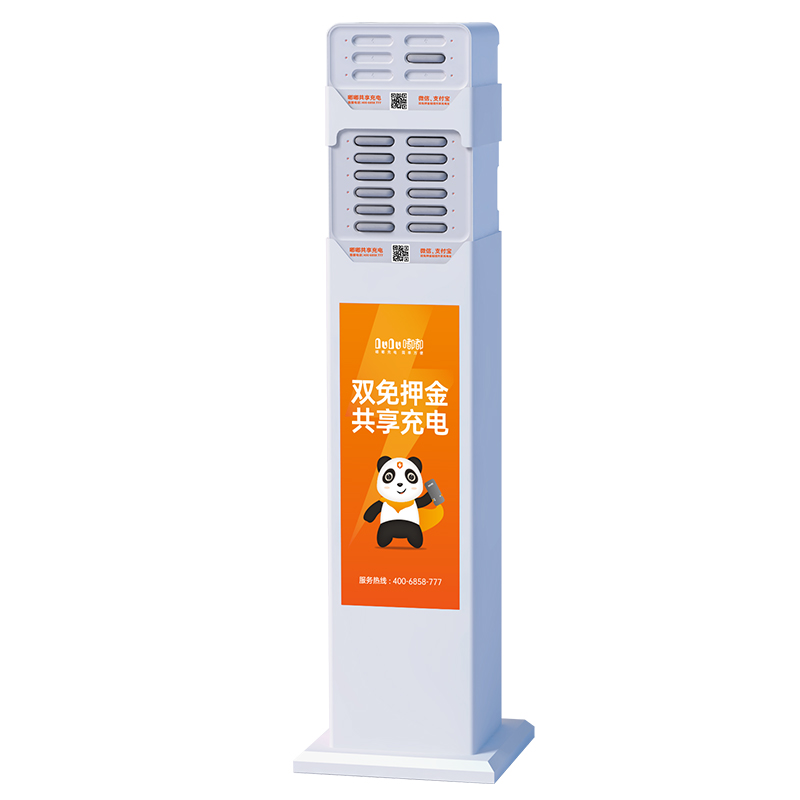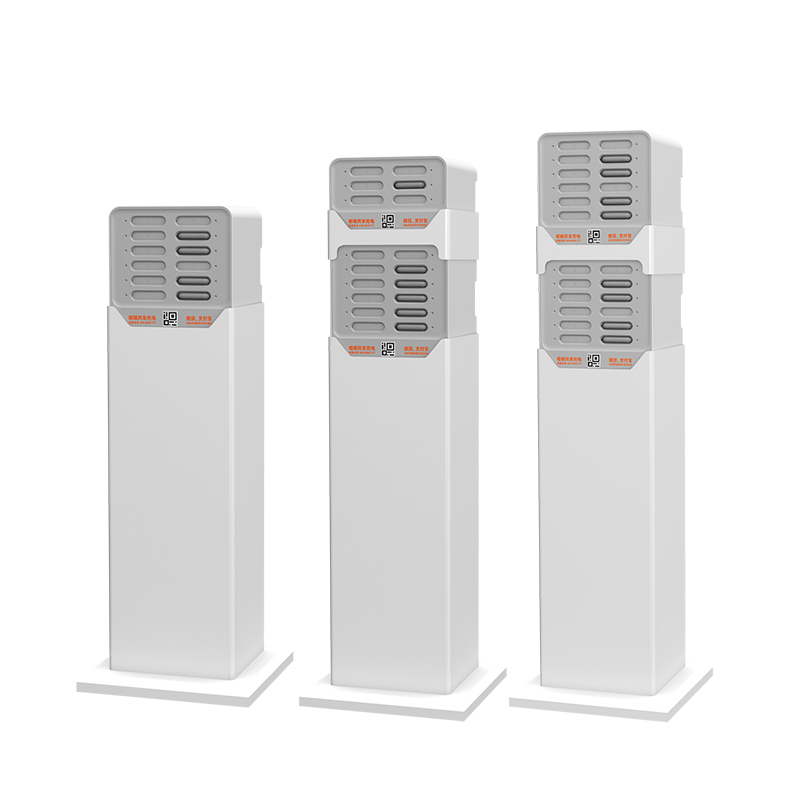Supply chain analysis of shared power bank
Upstream: analysis of production mode, key components and barriers
At present, most of the shared power banks on the market are cabinet-type. Composed of a comprehensive combination of hardware, software, and technology. Also involve technologies such as the Internet of Things and cloud management.
The industry chain has been very mature, with many and scattered suppliers. So the entry barriers on the product side are not high, but there are still differences in focus:
First The difference in product quality caused by the selection and optimization of key components, Second the supply chain. Control (such as different production methods, different product standards) has an impact on product quality and cost reduction.
Most shared power bank companies adopt the production model of independent research and development + OEM. Just a few rely on the parent company’s 3C industry resources to produce independently. Or all ODM outsourced after the requirements of functions ,The first two have more advantages in controlling quality and cost.

We expected that the future optimization direction is the safety of power banks (hygiene safety and information security). And the improvement of the sense of borrowing and returning,
With the increasing demand for software such as mobile games and live video broadcasting. The demand for charging of electronic devices has gradually increased, and the possibility of major breakthroughs in battery technology in the short term is small. More and more shopping mall and restaurant setted down the shared power bank station because of the large demand of the market. But at this stage, the habits of shared power bank users still need to be cultivated.

